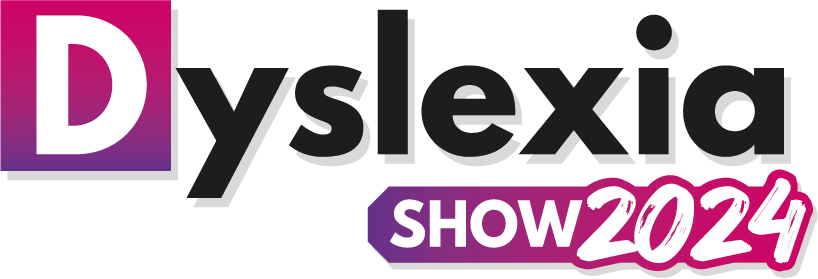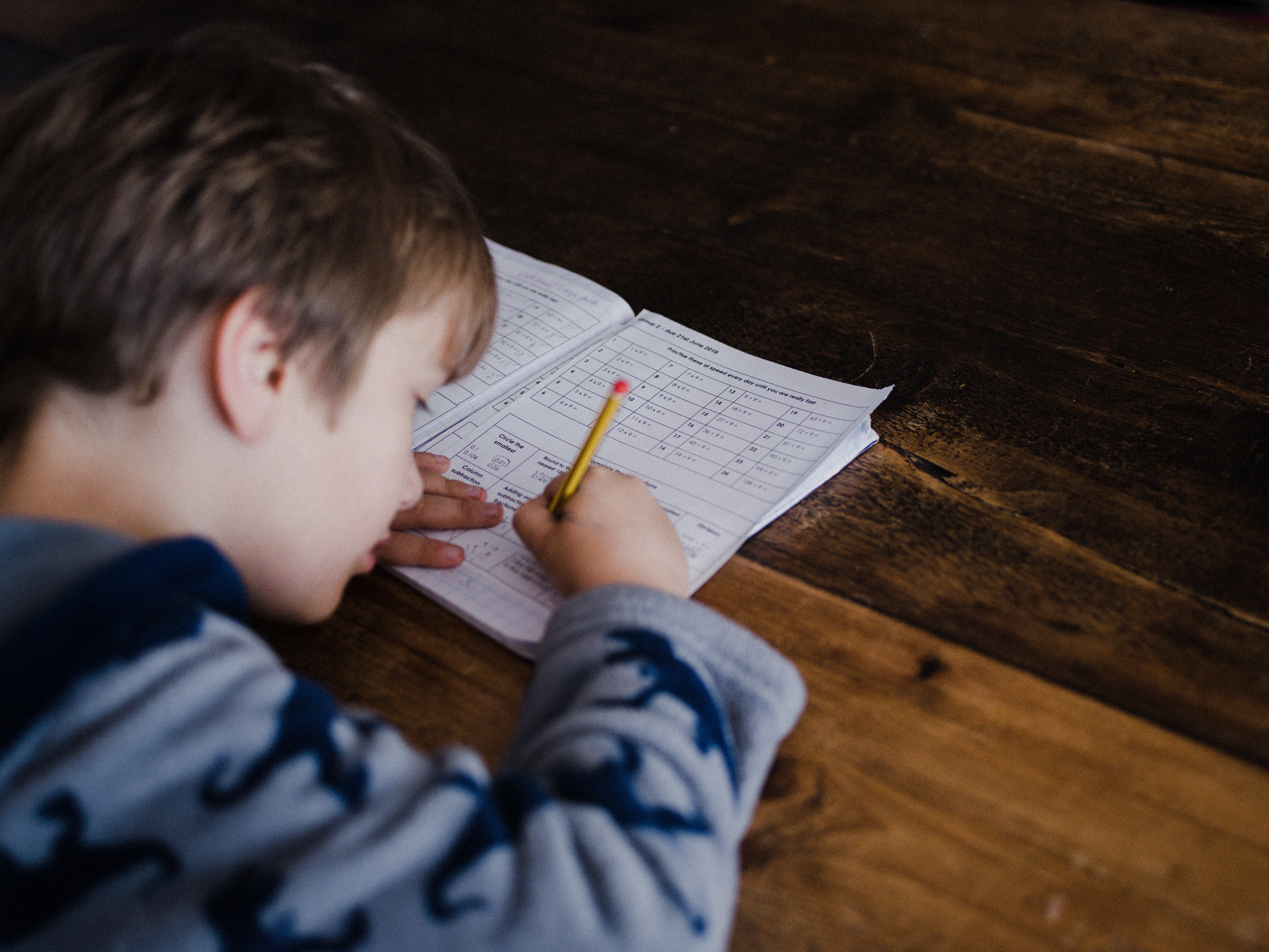What do you do if you suspect your child might have dyslexia? If you are unsure about going for a full assessment this might be a good time to try an online screener such as the Nessy screener – www.nessy.com which is cheap , quick and fun to do. A short report is generated that will give signs of dyslexia and help signpost further. This way you can make an appointment with the SENCO at the beginning of term to discuss your concerns and look for a way forward. A screener will not give a diagnosis of Dyslexia but will look at traits or signs of dyslexia .The BDA and PATOSS have a Tutor list of specialists that may be able to support your child either in person or online .
If reading is a particular difficulty use digital books to support reading or look at one of the new Reading Pens that are available such as Scanning Pens, so that they can participate in the enjoyment of reading or use them for their exams. The RNIB Bookshare has hundreds of digital books available for dyslexic readers. Other organisations such as Calibre Audio Library give free access if you are dyslexic and do check out Dekko comics also.
If your child is around nine or over one of the best and most useful things to do is teach them how to touch-type. For the child who has slow and poorly formed handwriting this can be really helpful. For any kind of access arrangements at GCSE, using a laptop needs to be their ‘normal way of working’ and a speed of around 25 wpm is a minimum. For many children often handwriting at less than 10 wpm the benefits are obvious. The BBC have a free touchtyping programme called Dance Mat and but Touch Type Read and Spell (TTRS) and English Type Junior/Senior and Nessy Fingers are all excellent. TTRS has the added advantage of helping with literacy as well as touch-typing.
by Katrina Cochrane

